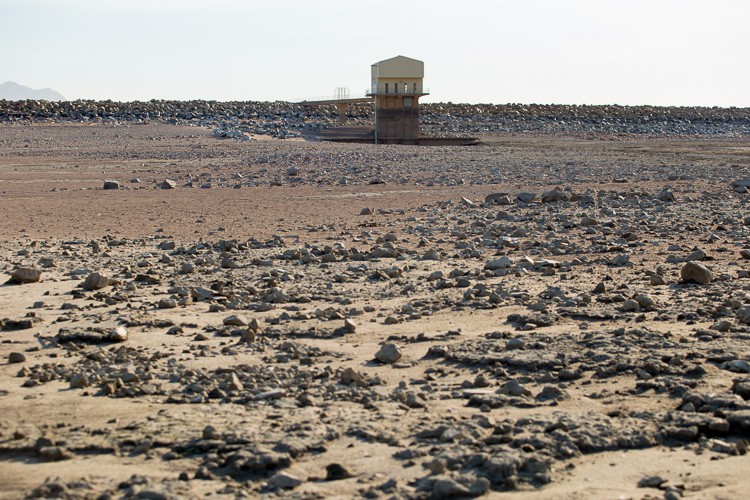What happens when the dams run dry?
Mayor Patricia de Lille: “We are going to have to cut the water off for long hours like with load-shedding”
This is part four of a GroundUp special series on Cape Town’s water crisis.
With dam levels at just 21% of total capacity, Cape Town has an effective water supply of 11%. The last 10% of water held in dams is unusable.
“It is expensive to treat water that is concentrated in the lower reaches of the dam,” said Kevin Winter, a lecturer at the University of Cape Town’s Environmental and Geographical Sciences Department. “One of the big problems is that the water no longer lies near enough to the abstraction points [the place where water is taken out of the dam]. I understand that there are channels that have been excavated to assist the water to flow to these abstraction points which permits water to reach these points but these channels have to be kept open and free of sediment build up.”
This means Cape Town effectively has 100,600 megalitres (100,600,000,000 litres), of water left. Winter says that plans have been made to ensure the city does not run out of water by the end of July. “It seems that we will squeak through the winter period, but we have to watch things by the time we get to October. If the dams are less than 80% at that stage, then we are going to struggle in April, May and June of 2018. That will be a much more serious challenge.”
Xanthea Limberg, Mayco member for water, told GroundUp in an “absolute worst-case scenario” if dams were to reach 10% of capacity, extreme measures would be taken. In such a situation, the City would restrict water use to a “lifeline supply” involving “minimal supply pressures, intermittent supply, and very stringent restrictions.”
“We are going to have to cut the water off for long hours like with loadshedding,” Executive Mayor Patricia de Lille said at a water briefing on 9 May. “Even when you switch the water on again, then all of the muck and things that’s been in the waters pipes will come through and it’s not going to be pleasant.”
Limberg also said that should dam levels reach dire levels, the City would “consider installation of water management devices for those who do not limit consumption.” She also said that areas of Cape Town with particularly low water pressure may have to be serviced with water tankers.
Support independent journalism
Donate using Payfast

Letters
Dear Editor
It’s no good to ignore a problem of the future whilst panicking about water today. National Government is asleep whilst useable water is drying up.
Siltation has taken place in our dams, and whilst they are low they should be Dredged. Every one knows that deeper Daly’s are needed for future is.
During these dry times is s good time to build new dams. If we can get Government to use money properly, we need to build a whole lot of new dams.
What’s probably going to happen is that rain will come and we’ll think everything’s okay, but it’s not. This will happen again
Solution, dredge dams, use water sparingly, build desalinization plants, filter existing water through all the phases which get it cleaner than usual tap water and build new dams.
© 2017 GroundUp. 
This article is licensed under a Creative Commons Attribution-NoDerivatives 4.0 International License.
You may republish this article, so long as you credit the authors and GroundUp, and do not change the text. Please include a link back to the original article.

